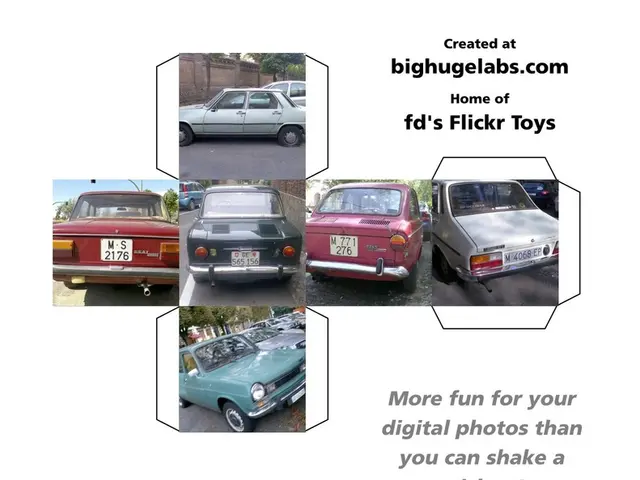Crane's Epic Exit from the A8
Merzig, Saarland - The A8 highway was shut down for hours due to a burning monster crane. This colossal piece of machinery hailed from Trier and weighed an impressive 96 tons. The saga of its removal played out throughout the night, attracting curious onlookers like the intrigued passerby, Ralph.
Despite best efforts, towing the crane wasn't an option; it was simply too heavy. With a mast weighing an astonishing 30 tons alone, the Steil haulage company's largest crane was a challenge to move. The four-hour wait to load the mast onto a different truck was finally over, signalling gradual freedom for the congested highway.
The blaze that consumed the crane was caused by a technical hitch. The fire spread swiftly, engulfing the special vehicle within minutes. By the time the emergency services arrived, the damage was already extensive, surpassing the one million euro mark, as confirmed by the local authorities.
The Removal Process: A Closer Look
The scene of the crash captivated the local news, offering thrilling details on the removal process. The push-automatic device played a crucial role in safely guiding the wreckage off the asphalt. The diligent efforts of the recovery teams underscore the complexities and finesse required in such operations.
Putting the Pieces Back Together
By Monday morning, the devastation had been cleared, and the highway finally reopened for traffic. Snapshots of the completely charred driver's cabin spread far and wide, emphasizing the raw devastation of the event.
A Typical Recovery Scenario
If you're intrigued by the specifics of how such incidents are tackled, here's a general idea of the process:
- Assessment: Evaluate the situation, identifying potential hazards and the safety requirements for the removal process.
- Stabilization: If necessary, stabilize the wreckage to prevent further damage or injury.
- Removal Planning: Create a detailed plan for removing the debris without causing further harm.
- Execution: Execute the removal plan, employing specialized equipment and expert teams.
- Cleanup and Repairs: After removal, clean up the affected area and undertake necessary repairs to restore the highway to its original state.
The cost of these incidents can vary significantly, encompassing charges for equipment, labor, and any repair work required to restore the highway to pristine condition.
For detailed information about the A8 incident, consult local news sources or official statements from German authorities.







